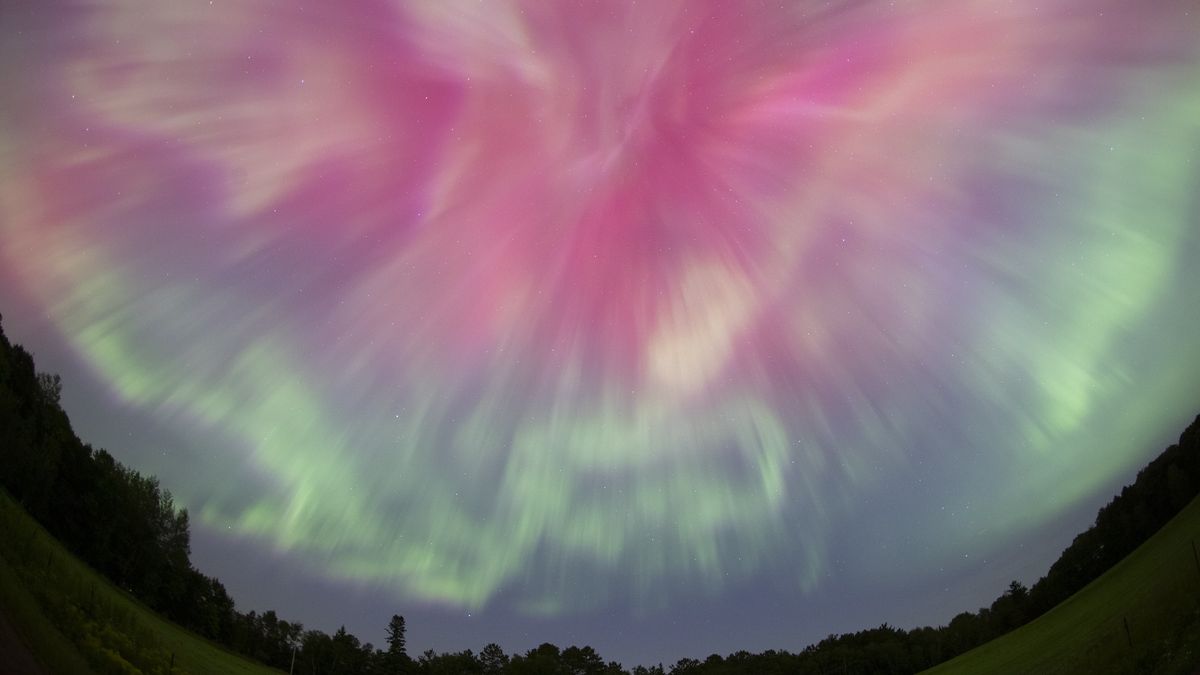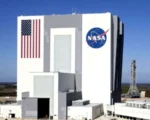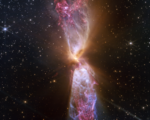A significant solar storm is set to reach Earth on Thursday, October 10th, as predicted by the U.S. National Oceanic and Atmospheric Administration (NOAA). This geomagnetic event has the potential to create breathtaking auroras across various regions while also posing risks to radio communications, power grids, and satellite operations. The NOAA’s Space Weather Prediction Center (SWPC) has issued a G4-class geomagnetic storm warning, indicating that this storm is one of the strongest to be observed, following a similar event in May that captivated skywatchers with its vivid displays.
The upcoming solar storm is a result of a powerful solar flare classified as X1.8, which erupted from the sun during the night of October 8th. This flare was accompanied by a coronal mass ejection (CME), a massive burst of solar wind and magnetic fields rising above the solar corona. As the CME travels towards Earth, its magnetic field will interact with our planet’s magnetic field, leading to increased geomagnetic activity. Shawn Dahl, a service coordinator at the SWPC, noted that the extent of the storm’s impact will largely depend on the alignment of the CME’s magnetic field with that of Earth. A direct alignment could result in a more intense storm, while a misalignment might reduce the storm’s overall effects.
In addition to the stunning visual effects expected in the night sky, this solar storm poses potential challenges for various technologies. Radio communications, particularly those relying on high-frequency bands, may experience disruptions, impacting aviation and maritime operations. Furthermore, the storm could lead to voltage fluctuations in power grids, prompting utility companies to prepare for possible impacts. The heightened geomagnetic activity might also affect satellites in orbit, potentially leading to signal degradation and operational challenges.
As the solar storm approaches, scientists and enthusiasts alike are preparing for the opportunity to witness the natural beauty of the auroras. The NOAA advises skywatchers to find locations away from city lights for the best viewing conditions. While the storm may bring awe-inspiring visuals, awareness of its potential impacts on technology and infrastructure remains crucial. With advancements in forecasting, experts will continue to monitor the storm’s progress and provide updates, ensuring that communities and industries can adequately prepare for the effects of this powerful solar event.


















